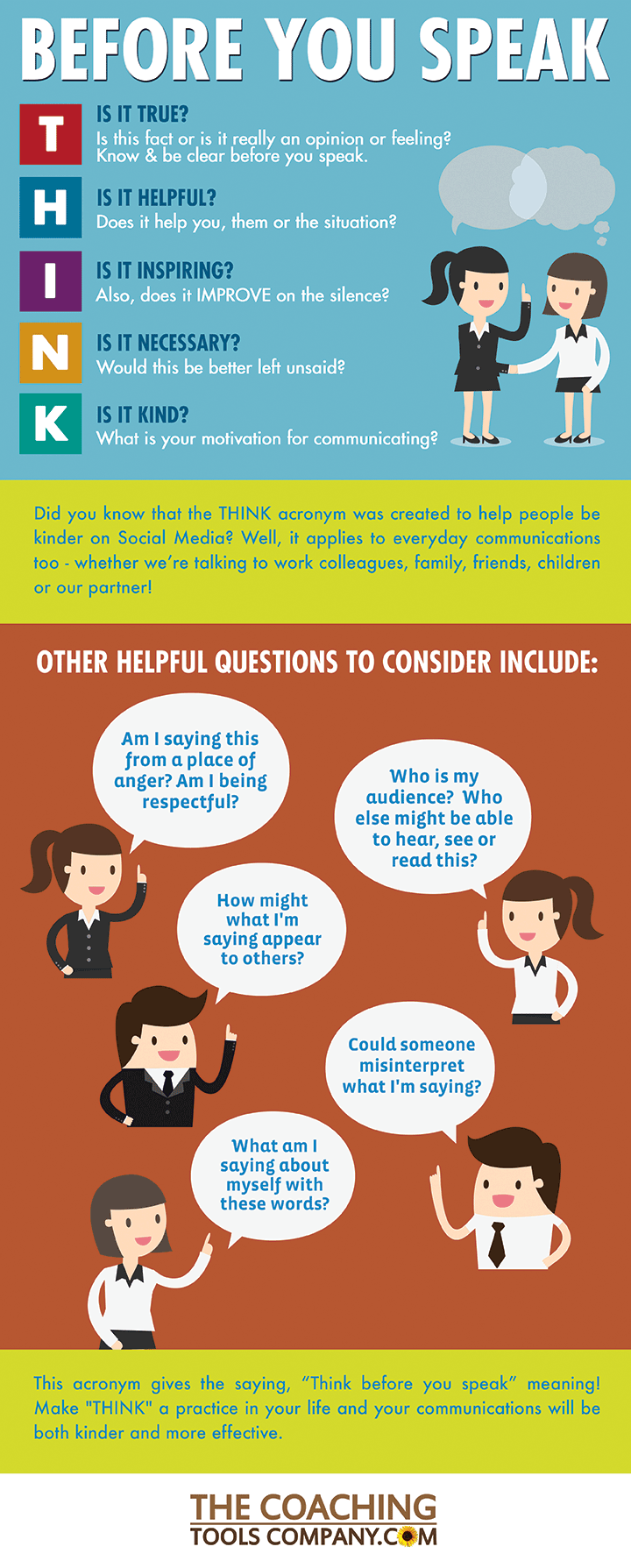Smear Campaigns, Character Assassination, and the Erosion of Institutional Trust in Modern Information Ecosystems: A Critical Analysis


In today's fast-paced world, characterised by constant distractions and digital overload, the practice of mindful communication offers a pathway to deeper connection, understanding, and well-being. This article explores the concept of mindful communication, its benefits across various domains, and practical strategies for integrating mindfulness into our interactions.
 |
| Mindful communication offers a pathway to deeper connection, understanding, and well-being (📷 rollingwrites) |
In an age dominated by technology and rapid communication, the quality of our interactions often suffers as we prioritise speed and efficiency over presence and connection. Mindful communication offers a counterbalance to this trend, inviting us to cultivate awareness and intentionality in our interactions with others. By bringing mindful attention to our words, gestures, and listening, we can foster deeper connections, enhance understanding, and promote well-being.
At its core, mindful communication involves being fully present and attentive in our interactions, with an open and non-judgmental attitude. It encompasses active listening, empathetic understanding, and authentic expression of thoughts and emotions. Mindful communication encourages us to pause, reflect, and respond consciously rather than react impulsively. By tuning into the present moment and our internal experiences, we can communicate with greater clarity, compassion, and authenticity.
Mindful communication has far-reaching benefits across various domains, including education, wellness, relationships, and workplace dynamics. In education, it promotes deep listening, empathy, and collaboration among students and teachers, enhancing learning outcomes and classroom dynamics. In wellness, it fosters emotional resilience, stress reduction, and conflict resolution, promoting overall well-being and mental health. In relationships, it cultivates trust, intimacy, and mutual understanding, strengthening bonds and resolving conflicts constructively. In the workplace, it improves team dynamics, decision-making, and leadership effectiveness, leading to greater productivity and job satisfaction.
 |
| (📷 nscc) |
Integrating mindful communication into our daily lives requires intentional practice and commitment. Here are some practical strategies to cultivate mindful communication:
1. Presence Practice: Begin each interaction with a moment of mindful awareness, grounding yourself in the present moment and setting an intention to communicate with clarity and compassion.
2. Active Listening: Practice attentive listening, focusing fully on the speaker without judgment or distraction. Reflect back what you hear to ensure mutual understanding and validation.
3. Emotional Awareness: Tune into your own emotions and reactions during communication, noticing any triggers or patterns. Cultivate self-awareness and regulation to respond skilfully rather than react impulsively.
4. Empathetic Understanding: Put yourself in the shoes of others, seeking to understand their perspectives, feelings, and needs. Show empathy and validation through reflective listening and supportive responses.
5. Mindful Speech: Choose your words consciously, speaking with honesty, kindness, and respect. Pause before speaking to consider the impact of your words and ensure they align with your intentions and values.
 |
| Consistent mindful communication requires intentional practice and commitment (📷 youworkforthem) |
Mindful communication offers a transformative approach to interpersonal interactions, enriching our relationships, well-being, and collective flourishing. By cultivating awareness, presence, and compassion in our communication, we can bridge divides, foster connection, and co-create a more harmonious and compassionate world.
⭐⭐⭐
*AI assisted
Comments